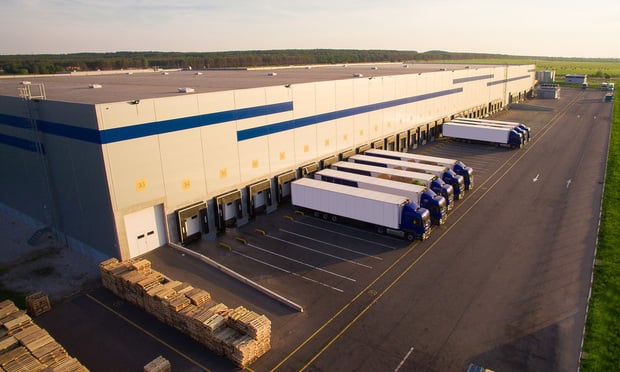The past few years have been turbulent for the retail sector, with ups and downs across the western region. Activity is up in suburban submarkets seeing population growth, but down in urban areas where many office workers have yet to return. Brick-and-mortar customer traffic has rebounded from the pandemic, but product inventories, labor supply, and even store footprints have decreased. As summer approaches and the heat rises in 2022, the western retail sector is downright mercurial.
Phoenix accounted for approximately half of the more than 4 million square feet of western retail absorption that Kidder Mathews reported at the end of 2021. Chris Corso, a Kidder Mathews VP in Phoenix, attributed that to substantial population growth and an urban sprawl trend leading to retail redevelopment plays and tertiary markets seeing grocery-anchored centers coming out of the ground as retail followed the rooftops.
"The growth just hit the accelerator in Maricopa County, and it was pedal to the metal," Corso said. "COVID-19 fueled the population growth here with people fleeing to Arizona from other more locked-down states. Combine that with the fact that there was not a lot of retail development going on in the Valley of the Sun in the three to four years before the pandemic hit."
On the other hand, the urban retail scene has been described as bleak and in the Pacific Northwest. The void left by still-remote office workers, along with crime, homelessness, vacant storefronts, and other factors, have led to struggles in the short term for downtown stores.
"There was also a large shift of people living in urban cores who opted to move to the suburbs during COVID with work from home abilities chasing a lower cost of living or more open space," said Cramer Foster, a Kidder Mathews First VP in Tacoma, WA. "We have not seen this trend reverse itself, yet, as apartment vacancies remain higher and apartment rents lower on average than pre-covid levels in the urban cores. We anticipate this will change in the next 12-18 months, as more companies mandate some blend of in-person/office work."
John Austin, a Kidder Mathews SVP in the Sacramento metro, recommends keeping an eye on the downsizing trend involving new stores for many of the national and super-regional grocery store brands. In recent rent quotes, two national grocers that typically require 35,000 square feet for each location requested 33 to more than 50 percent less space.
"I believe we will see a decline in retail square footage due to increased online shopping," said Susan Zimmerman, a Kidder Mathews SVP in the firm's Seattle office. "You can see the empty shelves in the stores and retailers saying they need less square footage."
Foster added, "Most retailers are focused on smaller, more efficient footprints as occupancy and construction costs rise and e-commerce continues to take a stronger hold."
Yes, retailers, as well as landlords, will look to stay nimble and opportunistic — from targeting shorter-term leases to more repositioning projects, especially of big box locations. Developers face more headwinds in supply chain delays, labor shortages, higher interest rates, and other increased costs. However, specialty grocers are helping move projects forward with national and regional co-tenants, according to Colleen Colleary, a First VP at Kidder Mathews in Portland, OR.
"Developers should focus on smaller sites with pad tenants, as well as mixed-use plays due to the high demand for housing," said Michael Navarro, a Kidder Mathews SVP in Orange County, CA. "Many residential developers are buying failed retail strip centers that have some short-term NOI and re-entitling to mixed-use with multifamily."
The retail sector has proven its resiliency time and again, from the Great Recession to the advent of e-commerce and through the pandemic. The new total retail sales record set last year certainly confirms that. Retail is always reinventing itself to match the times and the consumers. 2022 has added its own wrinkles (and zigs & zags), but industry experts say retail adaptation and innovation will continue to drive growth in the West.
© 2024 ALM Global, LLC, All Rights Reserved. Request academic re-use from www.copyright.com. All other uses, submit a request to [email protected]. For more information visit Asset & Logo Licensing.








